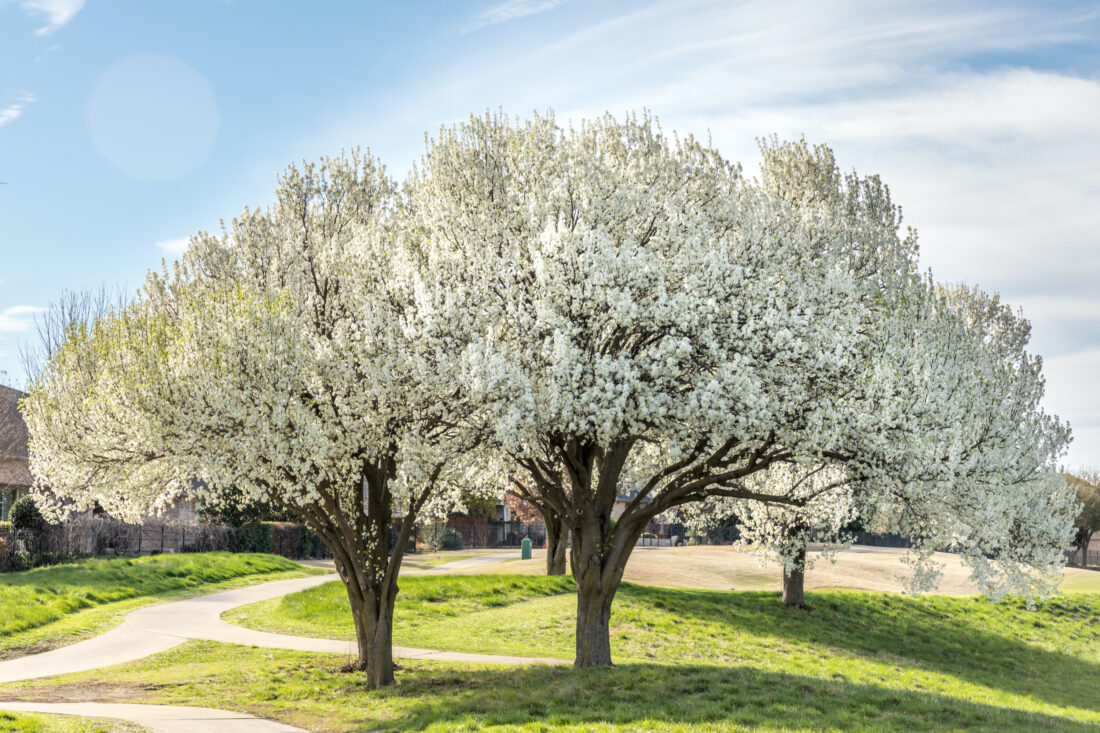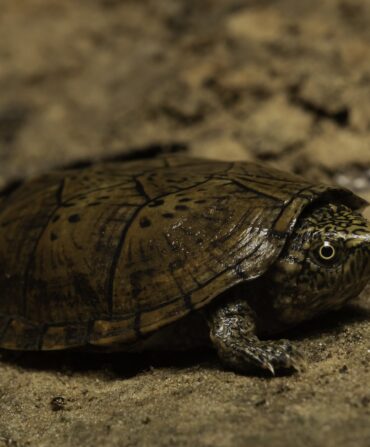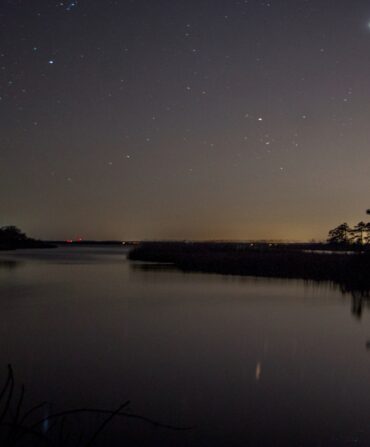North Carolina master gardener and author Barbara Sullivan has strong words about Bradford pear trees: “They’re really a menace. There is no reason whatsoever to plant them.” She’s not alone. Ohio, Pennsylvania, and South Carolina have all passed legislation banning the Bradford pear, and several more states are considering similar action.
What’s all the fuss about?
From the 1960s to the 1990s, Bradford pears, native to China and Vietnam, reigned as a popular ornamental tree known for its beautiful white springtime flowers. “Landscapers just put them everywhere,” Sullivan says. “Like kudzu, originally an ornamental vine, it seemed like a good idea at the time.”

Soon, though, complaints blossomed: The trees would split down the middle during storms, and they only lived about two decades even in the best cases. “It’s just not a very strong or long-lived tree,” Sullivan explains. But the damage was already done. Though the original variety landscapers introduced came from sterile stock—two Bradford pears cannot reproduce together—the trees started interbreeding with other types of pear trees. Today, many Bradford pears are fruit-bearing, and that’s a very bad thing.
Birds eat the small, brown fruits—which, in another undesirable twist, smell rotten and fishy—and spread the seeds far beyond people’s yards. Loosed out in the wild, the trees outcompete native plants, throwing ecosystems out of balance and creating thorny thickets that choke out redbuds, pines, and dogwoods. “They’re just highly invasive,” Sullivan says, “and very difficult to get rid of once they’ve started decimating natural areas.”
That’s why taking a chainsaw to a Bradford pear is a move to support our ecosystems—as is planting one of the many native species in its place. “There are so many great substitutes that put on just as good of a show in the springtime,” Sullivan points out. She has a whole list: fringe trees, which boast stunning, feathery leaves; crabapples that burst into pale pink bloom come April; serviceberry, a highly adaptable species that grows fruit resembling tiny apples; or parsley hawthorn, sporting scalloped leaves and delicate white blooms. Because these are all native, she explains, they’re going to resist disease and pests, require less fertilizing, and support birds and pollinators.
“It’s a win-win,” she says. “Why not pick a native tree that is equally beautiful, is easy to care for, and helps wildlife?”








